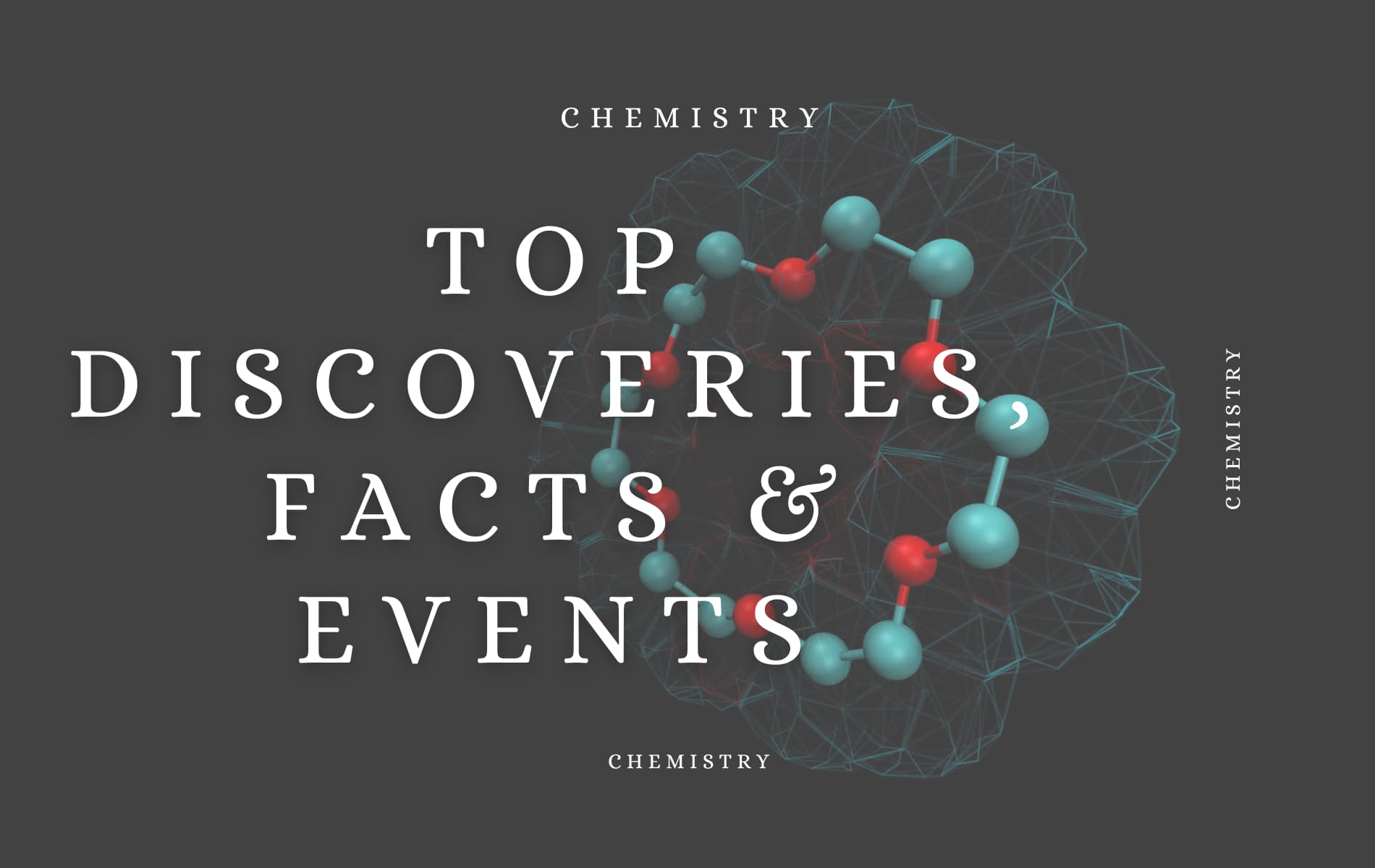Chemistry is a fascinating and ever-changing field of study. The discoveries made each year are sure to keep you on your toes, so it’s essential to stay up-to-date on what’s happening in the world of chemistry.
- Cobalt (II) chloride hexahydrate new usage
- Plastic explosive. What would action films be without C-4?
- Pokie Mate Added 4 Chemistry-Themed Slot Machines
- Single-cell metabolomics are to become popular
Chemistry is a science that covers many different areas, from physics to biology. It includes how things react with each other, what makes them different and the processes that happen in between. It’s important for people to know about chemistry because it has applications in many aspects of life — even if you’re not aware of it! From medicines we take on a daily basis to games that we play, chemistry is all around us.
The last few years have been challenging: after a period of political unrest with riots all over Europe and North America, people are still struggling with a lack of resources on the global market and diminishing social standards. However, these challenges seem to stimulate scientific development. This year, we have witnessed an incredible increase in the number of deaths due to terrorism and other armed conflicts. However, it is worth noting that not all events are negative. A new, exciting year has begun. For chemists, it will be a year of change and discovery.
Our life wouldn’t be the same without these discoveries in chemistry.
Sulfur hexafluoride
It’s a colorless, odorless gas with a density of 1.9 g/cm3 and it has a boiling point of -93 °C at 20 °C. It is non-toxic in humans and animals, but it can be toxic to certain plants if they breathe the gas directly into their lungs.
Cadmium sulfide
It’s a white powder that is used in the production of cadmium batteries and photovoltaic cells. It can also be used in the production of pigments and dyes, as well as being found in other applications such as photography.
Cadmium sulfide has been utilized since ancient times by humans to make pigments, dyes and paints; however, it wasn’t until recent years that scientists began studying its properties more closely.
Copper sulfate
It’s a chemical compound with the formula CuSO4·5H2O. It is an inorganic salt, which is a salt of copper and sulfuric acid.
Copper sulfate occurs as white to bright yellow crystals or white crystalline masses (sometimes referred to as “dry”). It has a strong salty taste and it can be used to make soap.
Zinc sulfide
It’s a white powder with a sharp, pungent smell. It has a high density and low volatility, which makes it unsuitable for use as an explosive or propellant.
Zinc sulfide can be used as a reducing agent in the reduction of carboxylic acids to give the corresponding alcohols:
The reaction between zinc sulfide and water forms hydrogen gas (H2), which is absorbed by zinc sulfate.
Manganese dioxide
Manganese dioxide (MANGANO2) is a white powder that has been used for many years in batteries and catalysts. It’s also used as a pigment and in soap making, among other things. MnO 2 is an important reagent for the synthesis of organic compounds.
Cobalt(II) chloride hexahydrate
It’s a chemical compound that consists of cobalt and chloride ions. It is an ionic compound and it has been used in various industries such as glass production, electronics manufacturing, etc.
Cobalt(II) chloride hexahydrate occurs naturally as a mineral called monazite or riebeckite which contains about 50% of cobalt and 45% of chlorine atoms per unit volume.
Final Words
Chemistry is one of the most important sciences in today’s world. It has helped us understand our surroundings, as well as develop new medicines and materials for use in our everyday lives.
Chemists are always looking for ways to improve their research or find new applications for existing products or techniques. Chemistry also has many practical applications such as: manufacturing chemicals; refining oil; making plastics; coloring food items like candy bars (for example).
If you enjoy science or want to become involved in this exciting area then take some time out from your busy schedule so that you can learn more about what chemists do every day.
We hope these articles have inspired you to explore this area further — and that they helped make your own discoveries more meaningful.
